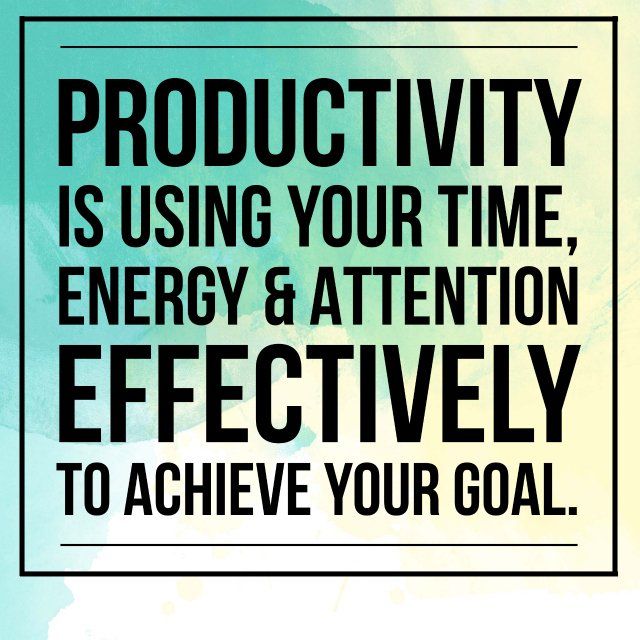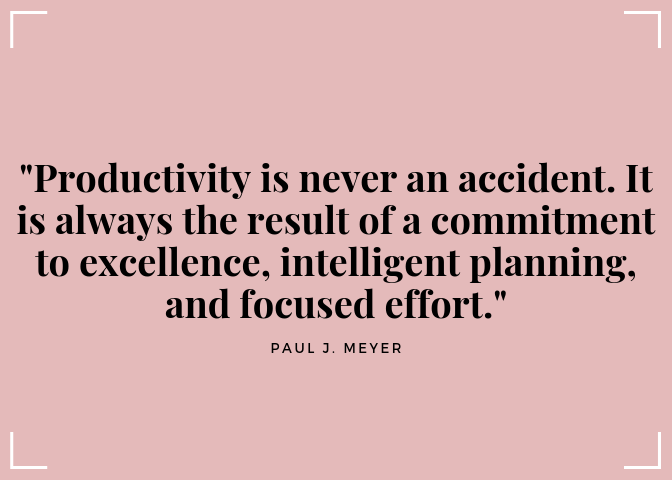Has Your Nonprofit Kept Pace With Analytics About Charities?

As we near the giving season, I have seen several blog posts and news articles on how to “give smarter” or comparing the “best and worst charities.” In these days of analytics, there are many ways that nonprofit organizations are compared to one another as donors try to identify the best organizations in which to invest their philanthropic dollars. As you begin to prepare your giving appeals, these articles focus on a few common themes that will help nonprofit organizations stand out to donors:
1.Return on Investment – What percentage of donated funds go to the organization mission vs. fundraising and administration? We all recognize that administrative and fundraising costs are part of running a nonprofit organization, but when these costs exceed 35% of the organization budget, donors begin to wonder if the organization is using their dollars effectively. The BBB Wise Giving Alliance requires charities to spend at least 65% of their total expenses on program expenses in order to receive accreditation. Some funders cap administrative and fundraising expenses at 30%. Be aware of your cost allocations. If some of the costs under “administration” are actually “program expenses,” move them into the “program” category. Accurately tracking where every staff member spends his/her time may require more time and effort, but it is worthwhile.
Additionally, research other nonprofits in your category. Check out their budgets, their program offerings, how many they serve, and their fundraising and administrative cost percentages. If your organization’s numbers are dramatically different, be prepared to explain why—or to adjust accordingly.
2. Make the case for your organization using more than just numbers. What are the positive outcomes your nonprofit organization is providing to your community? It is more than serving 200,000 meals at a soup kitchen, finding jobs for 200 people, or finding homes for 5,000 pets. There are stories behind those people, families, or pets. Tie your numbers to impactful stories that drive home the outcome of donating to your organization. How did finding a job make a difference for a single individual or family? What was the cost of finding that one job? Tie together the data points so donors understand how their gift will make an impact at your organization.
3. Check your organization’s status on the various charity watchdog pages (three are listed in the “best and worst charities” article). If one of the watchdog pages has listed a concern about your organization that you believe is inaccurate, contact them with the correct information. If your organization is not listed on Charity Navigator or GuideStar, set up your profile before sending out your holiday appeal.
The giving season is the biggest donation period of the year for nonprofit organizations. Make the most of this opportunity by telling your story effectively and ensuring that donors are confident their gifts will make an impact on those you serve.











